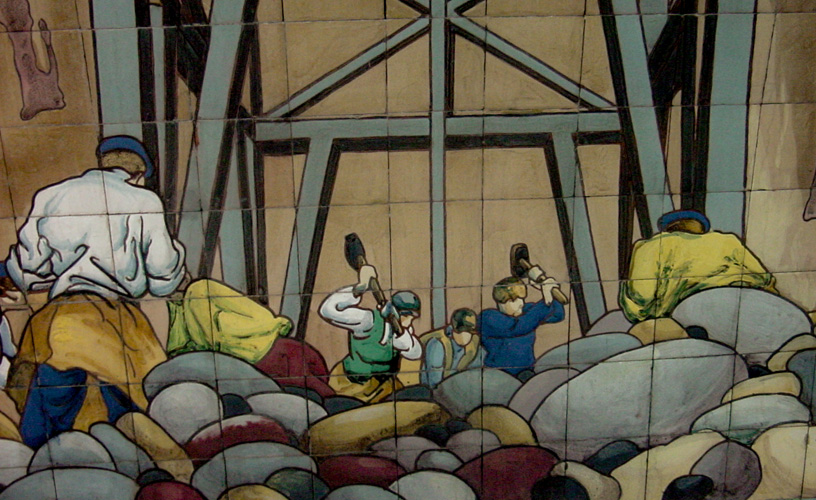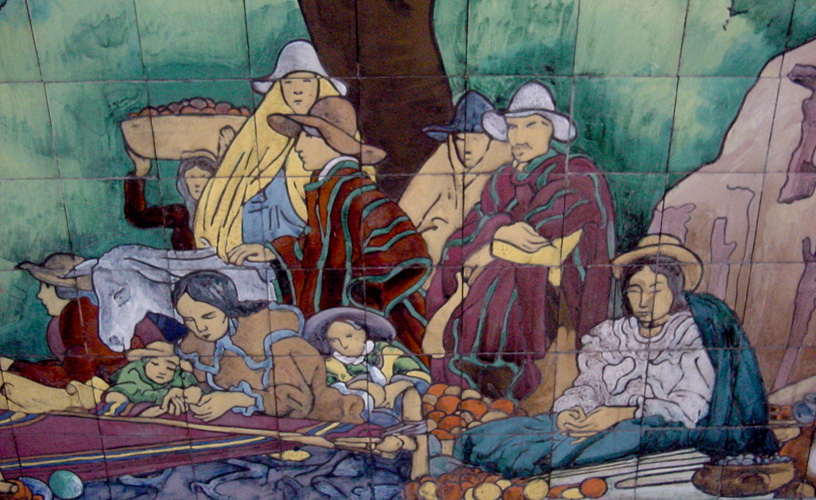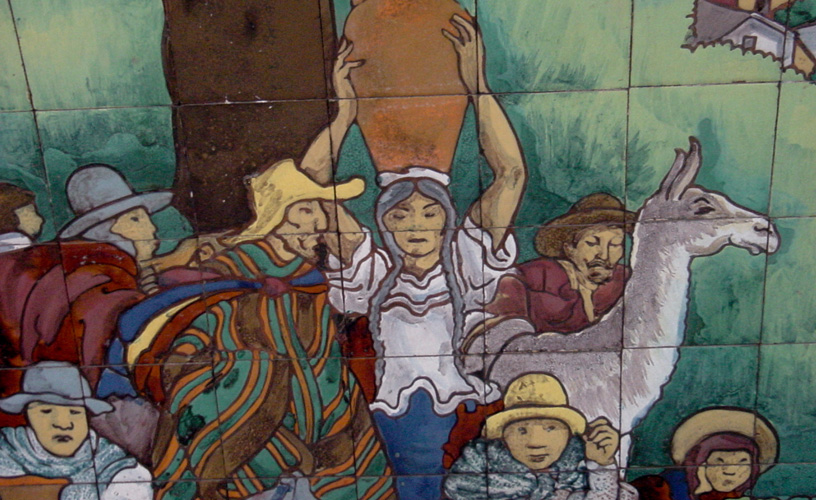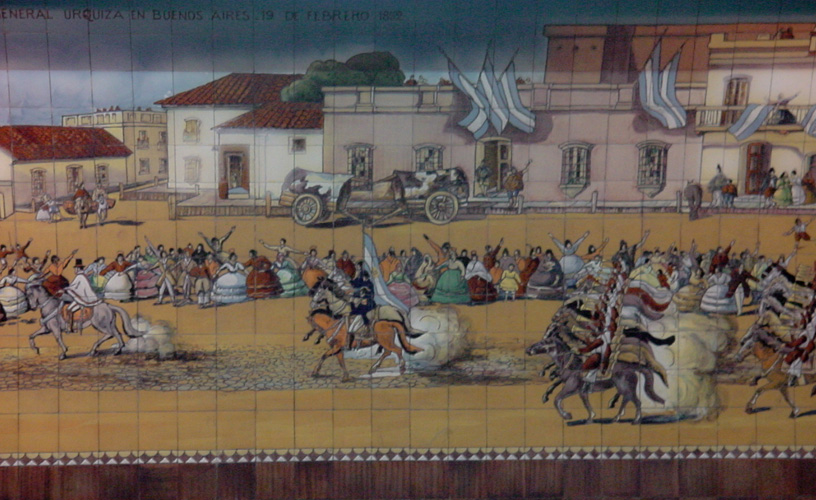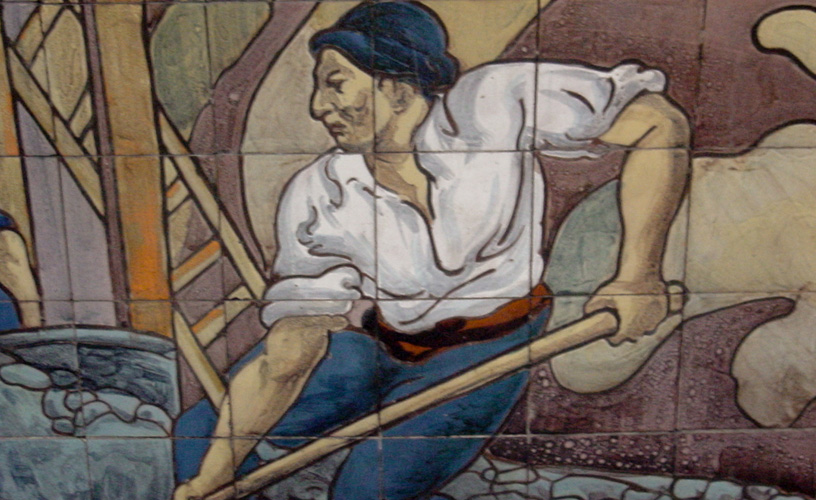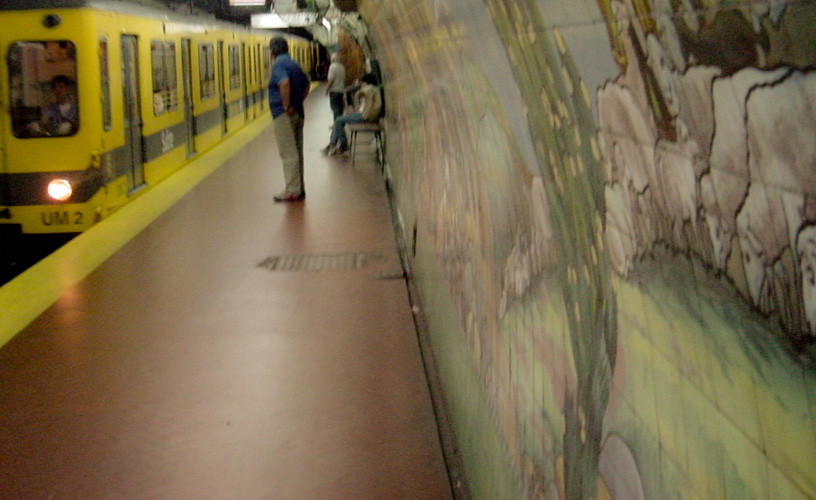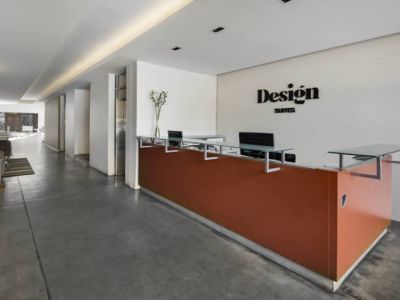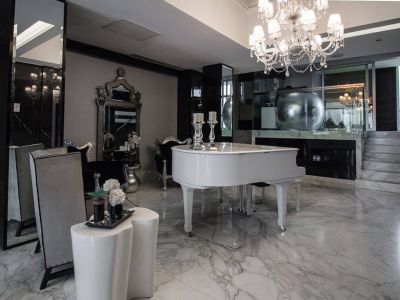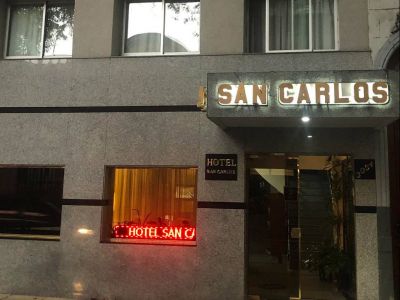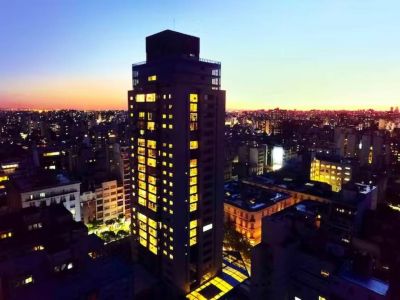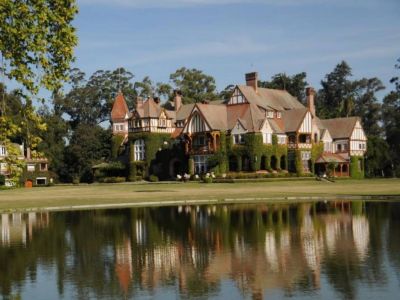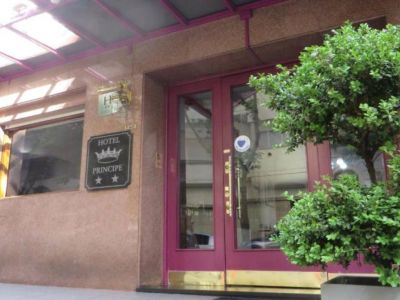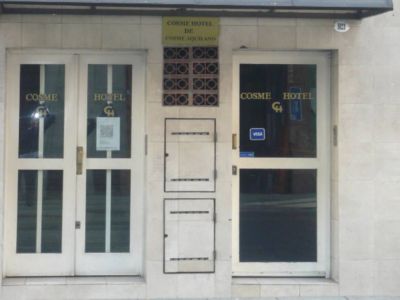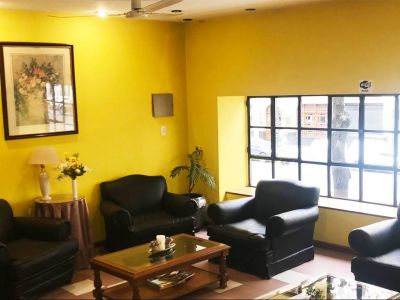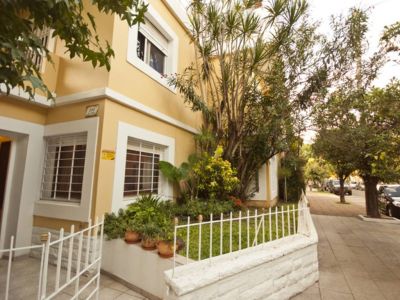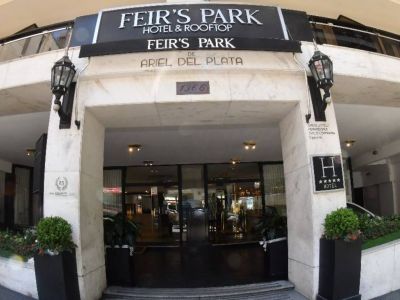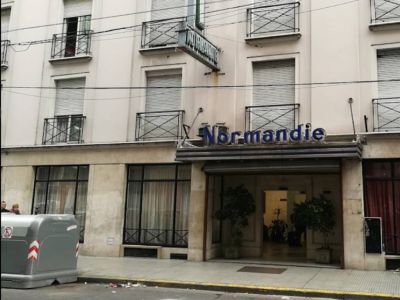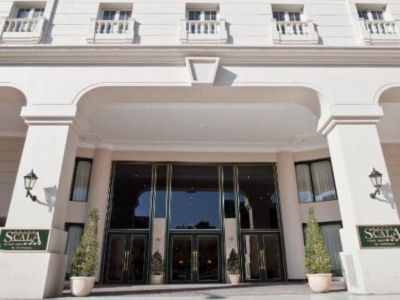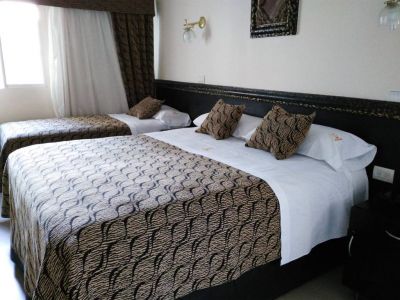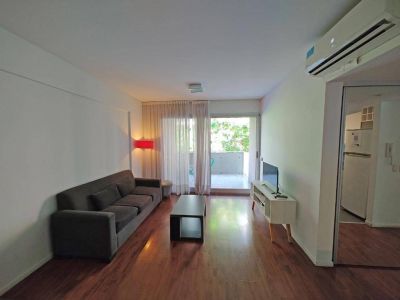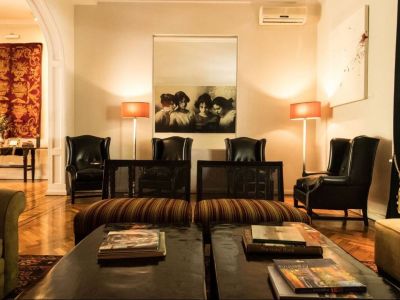The Mistery of the Glazed Tiles
The Cattaneo y cía. tile factory never meant to be immortalized. However, it managed to do so after 1939, even if it was under the ground.
The truth is that the glazed tiles that would decorate the most modern underground stations in those days came out from that factory.
Even after taking the underground for years, I have always made myself the same question as I pass by those stations: were they painted before or after being set on the walls? And if it was afterwards, who put together the pieces of such puzzles? The real answer to this existential question is held by the oldest porteños. And it is worth the while to ask them that question. That is what this tour is about: traveling to the past in the present tense.
Art in Buenos Aires Subways
The tiles in Jujuy station present a typical scenery from the province of Jujuy and its economy. Trade on mule backs and shepherding stand out. These are the two typcial activities which, even today, after 2,000 years, make up the main economic activities for the dwellers of the Puna.
The author of this mural is Alejandro Sirio (1890-1953), who was born in Oviedo, Spain, under the name of Nicanor Alvarez Díaz. Before he was 20 years old, he moved to Buenos Aires, where his artistic skills were discovered by the creators of the Caras y Caretas magazine. His works were published in the magazine, in La Nación newspaper and El Hogar magazine. They revolved mostly around Argentinian history. In addition to being a great artist, Alejandro Sirio was a professor at the Fine Arts National School.
According to historians, a cloud of dust was raised by the confrontation on horse, which may be noticed in the painting by Léonnie Matthis de Villar (1883-1952). She was born in Troyes, France and studied at the Paris Fine Arts School. When she traveled around Spain, she met the Argentinian painter Francisco Villlar, whom she married. Then, they settled in Argentina.
Entre Ríos and Pichincha stations enable viewers to appreciate art on the E Line tiles. But the underground system grows every day and more and more stations have been built, which, even if they are more modern, are worth seeing.
The City Grows
During the second half of the XIX century, when no means of transportation other than horse tramways and buses were known, the need for a system capable of moving passengers fast between the center and the surroundings of the great city of Buenos Aires was born.
Many cities in the old continent -especially in London- were concerned about establishing urban railway systems, both level with the ground and underground. However, they did not fulfill expectations at the beginning, especially due to the use of the steam locomotive.
Engineering found in electrification the solution to the anachronism in transportation systems and thus the revolution of urban traffic began.
The growth experienced by the City of Buenos Aires and its traffic was so amazing that, according to chronicles, the building of accelerated underground transportation systems was turning into the appropriate solution for “this phenomenon of modern times”.
Since 1898, several projects, laws and regulations on underground passenger railway transportation were passed until eventually, in December 21st, 1909, the Anglo-Argentinian Tramway Company was authorized to build and exploit what we know today as the A Line.
Only 12 cities in the world enjoyed the underground before Buenos Aires: London (1863), Athens (1869), Istambul (1875), Vienna (1893), Budapest (1896), Glasgow (1897), Paris (1900), Boston (1901), Berlin (1902), New York (1904), Philadelphia (1907) and Hamburg (1912).
The E Line
The building of this line was perforned in several stages. The first stretch, which is 3,085 meters long, joined Constitución Square and the instersection of San Juan and General Urquiza Streets. It was inaugurated in June 20, 1944. Six months later, it reached what today is Boedo station.
As from April 24, 1966, the line began to work between Av. La Plata station and the Mayo Square, using two new stretches of the tunnel: one between San José and Bolívar Streets, and the other between Boedo Street and La Plata Avenue.
With this new network inaugurated by president Arturo Illia, the tunnel reached a total length of 7,360 meters.
Another stage was inaugurated in June 23, 1973, when the head station was moved to the present José María Moreno station.
The next stretch was inaugurated in October 7, 1985, when the Emilio Mitre station was reached. On November 27, the Medalla Milagrosa station was opened and on October 31, it was Varela station's turn.
Last, but not least, in May 8, 1986, Plaza De Los Virreyes station was opened. This is the present head station, which joins this spot with the Julio Cesar Saguier premetro station.
The present length of the line is 9,186 meters.
Part of the information contained herein was provided by Metrovias S.A., www.metrovias.com.ar (History of the underground in Argentina and the world)
Pablo Etchevers
Pablo Etchevers
